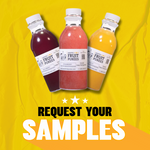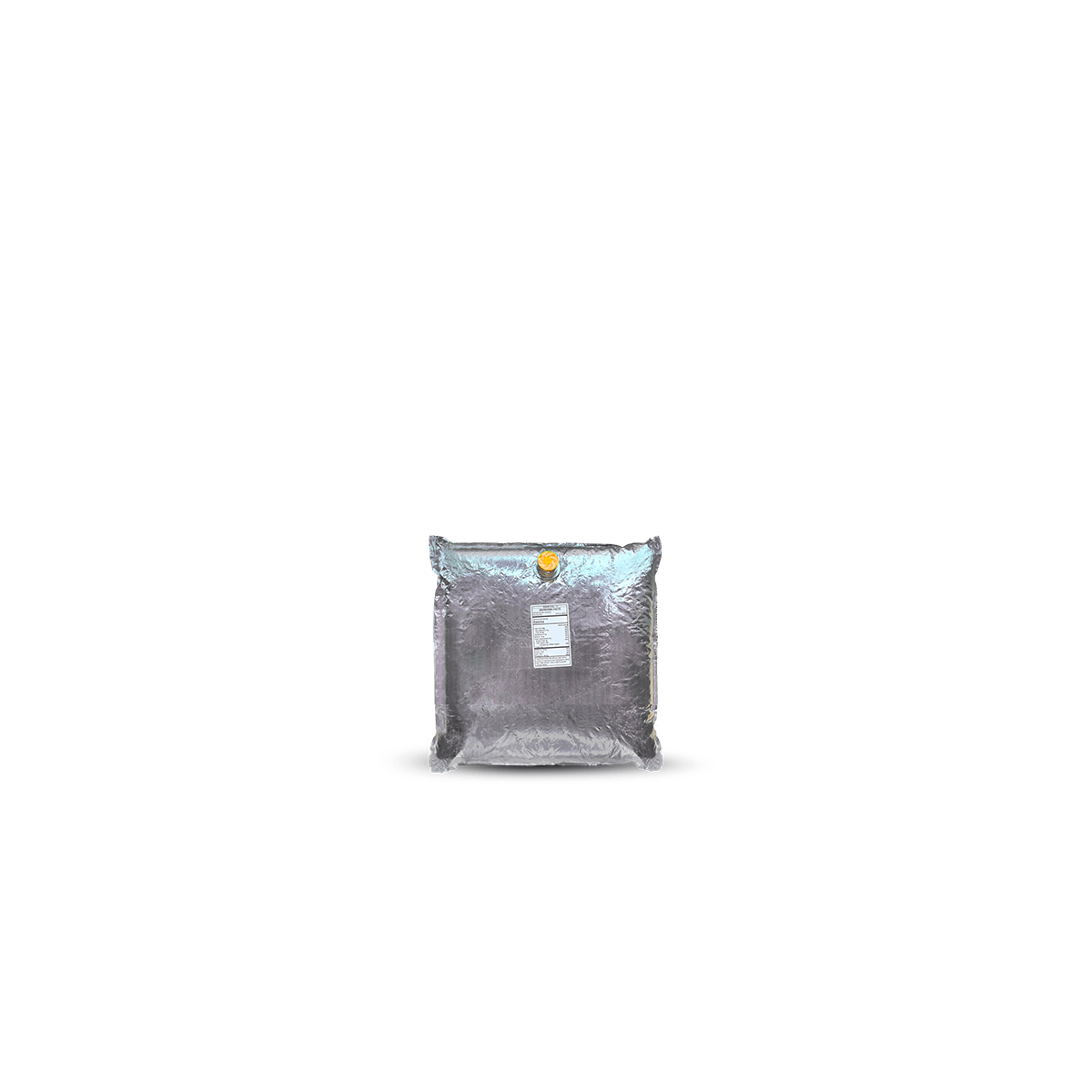What’s Next?
After the turbulent year we had in 2020, which delt a large blow to all, but specifically the beverage industry, the questions is: What’s Next? What beverages do we have to look forward to in the coming year? Some styles have been able to stay relevant, while others have not adapted to the times we live in or have just simply faded away like many do. There are some beer styles that have proved to be more than just “trends” and might not just survive but also thrive in 2021. There will be a lot of familiar styles that may not be new but have splintered into subcategories. Let’s talk about what styles we will be seeing in 2021, and perhaps a few that you will not. One thing is for sure, there will be a lot of room for fruit puree.
India Pale Ales
This has been the most consistently selling style of beer in the last ten years. IPAs have not only withstood the test of time but have morphed into several subcategories... and then some. With the raise in popularity in the style it has splintered into some interesting iterations. Some of the experimental styles such a Brute IPAs and Milkshake IPAs have struggled to catch a foot hold. Then you have your “tried and true.”
First off, west coast style IPAs which are known for high bitterness and usually consisting of some caramel malt to add a touch of sweetness but not muddling the hops. East coast IPAs are typically lower in bitterness and more malty sweetness. This is not to be confused with the “titan of the time,” the New England IPA. This is the latest phenomenon of the brewing industry. It has been around for a relatively short amount of time but already has a category at the Great American Beer Festival. New England or “hazy” IPAs are known for their low bitterness and hazy appearance. These are made through the use of oats, wheat, a specific water profile and some unique yeast. Also, an unconventionally large amount of dry hopping is involved. Now that this style has had some time to grow, it was not be long before brewers started making slight changes like the addition of fruit, lactose and other adjuncts.
Sour Beers
This is an extremely broad category that I would not usually lump together except for the purposes of this discussion. Just about any style of beer can be sour, there are sour browns, reds, stouts, even blondes. But there are some that are more popular than others such as Berliner Weiss and Goses, American wild ales, and lambics. These styles all have a common denominator, which is acidity. This is usually achieved by lactobacillus bacteria, which produces lactic acid. Acetic acid is the other main souring agent produced by yeast and bacteria or a combination of both. Acetic acid is more akin to vinegar or acetone. Not every style mentioned contain fruit but a lot of them do. It is the little bit of acidity that works with the sweetness and accentuating the fruit. Think about a sweet tart for instance? They are also usually on the lower end alcohol wise and are lighter in body making them ideal for warm weather or tropical climates. Sour beers have mass appeal and because of this they are not likely to be going away anytime soon.
Lagers
This style has been around for a long time but not always the most popular with craft beer aficionados. That has changed with time. In the early days of my time in the beverage industry, lagers were not looked upon very highly, they were in many ways the anti-craft beer. The world runs through cycles just like craft beer. Alas, the lager is embraced by your most hard-nosed craft beer drinkers these days. The popularity of Mexican lagers on the scene has not subsided throughout the pandemic. Pilsners have seen a large resurgence in the last five years that does not seem to be slowing down. These beers are typically low in alcohol and have high drinkability. They also contain a significantly lower number of calories than other styles. This is appealing to drinkers that are looking to cut calories or just trying to cut back. Most breweries have at least one, and some are doing lagers exclusively.
No Alcohol or Low Alcohol
These beverages can range from light lagers even to stouts. Most of these low alcohol styles are significantly lower than their traditional counterparts. For instance, stouts that are traditionally six to eight percent alcohol by volume sit closer to three percent. With people thinking more about their health, participating in Dry January, or the growing number of people that want to be part of the fun while not drinking alcohol these beverages have mass appeal.
A growing number of millennials just want to go out and enjoy drinking with their friends and not have to deal with the consequences of drinking alcohol, or too much of it. Large scale production facilities and international beverage companies are developing recipes and processes for both. These styles appear to have a future in the craft scene and are growing, but only time will tell, so keep an eye on these.
Where are we heading?
The times we are experiencing are certainly unique. Will these subcategories remain “trends” or will they be the next mainstay in this cycle that we seem to be always living in? Will IPAs stay on top, or will the next big thing be something that no one has even done yet? Lagers are not going anywhere, finally have a seat among craft beer drinkers at the table, and will perhaps be staying around indefinitely. Sour beers have the mass appeal and the traction to keep on trucking through 2021. There is no denying that the world is changing significantly and so are the perceptions of everyone living in it. This might find individuals looking out for their health more than they did in the past or just trying to make a slight change for the longevity. No matter the reason or what you are drinking, we are all in this together and let’s say, “Cheers to 2021” and what lies ahead.
Nick Burgoyne is our Brewing Consultant
with more than 15 years of experience in the
craft beer industry. nick_burgoyne@yahoo.com






